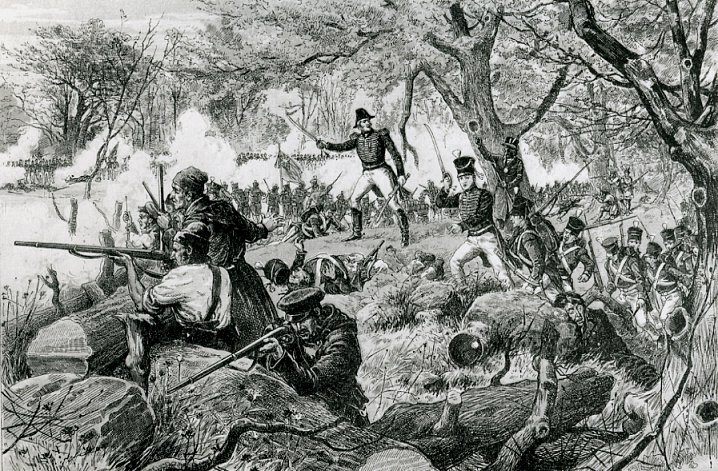The meteorologist in me was blown away to discover estimates of daily temperatures back to 1800, and in some cases earlier, for an area encompassing Montreal, Quebec City and (nearly) Ottawa. The genealogist in me was excited at the prospect of those with ancestry in the area being able to add at least some weather context to events significant in their family history.
You can download a huge text file with daily maximum and minimum temperature estimates from 1742 to 2010. There are only scattered estimates for the early part of the period, and for the start of the 19th century there's often only a minimum or maximum temperature, not both. The rows in the file have four fields, year, day of year (1-365, or 366 for leap years), minimum temperature estimate, maximum temperature estimate.
I used the table at www.atmos.anl.gov/ANLMET/OrdinalDay.txt to determine that 26 October 1813 was the 299th day of the year.
The file with the temperature estimates, compiled by McGill University researcher Victoria Slonosky, from official instrumental records and private weather diaries shows a minimum temperature of 6.2C, maximum 13.5C. The overnight temperature six days before had been below -4C, a killing frost, so the Battle of Chateauguay occurred during an Indian Summer.
For the Battle of Crysler's Farm on 11 November 1813, the 315th day, the file shows a minimum temperature of 0.9C and a maximum of 6.4C. The next day a cold front must have gone through with a minimum temperature of -5.4C and a maximum of 3.1C.
That cold may have made the US Army commanders reflect on the retreat of Napoleon's forces from Russia a year earlier. They retreated to Plattsburgh.
For the latter part of the 19th and 20th century there are better sources for weather information at http://climate.weather.gc.ca/historical_data/search_historic_data_e.html


No comments:
Post a Comment